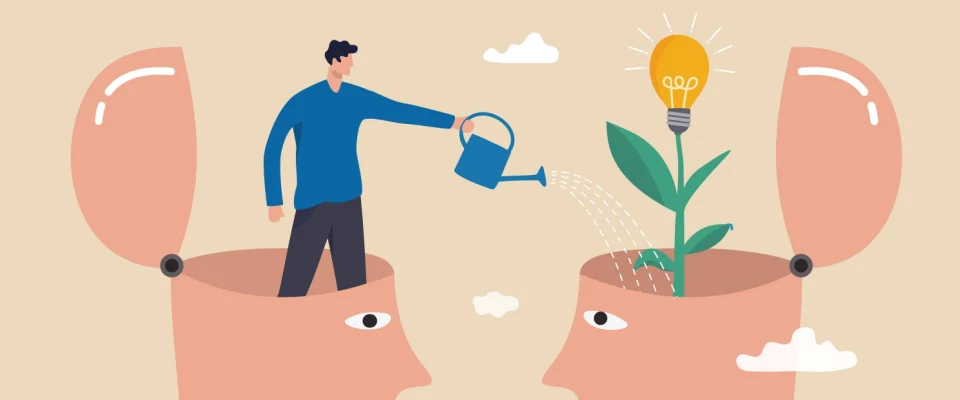Teaching: 5 Neuroscience-Based Strategies
Recent advances in neuroscience have unveiled many of the mysteries of our brain. As our understanding of this fascinating organ deepens, it becomes possible to apply this knowledge in various fields, including education. By adjusting their teaching strategies to align with the brain’s natural mechanisms, educators can create environments that promote engagement and facilitate knowledge retention. Here are five pedagogical strategies grounded in neuroscience that can enrich learning experiences.
-
Integrate Active Learning
In her book Research-Based Strategies to Ignite Student Learning: Insights from a Neurologist and Classroom Teacher, Dr. Judy Willis explains that “active learning fosters the brain’s natural tendency to explore, discover, and construct knowledge.” Active learning strategies encourage learners to actively participate in their own education through discussions, problem-solving, or hands-on experiences, enhancing both engagement and the retention of new knowledge. These approaches stimulate different areas of the brain, particularly the prefrontal cortex, which is responsible for critical thinking and decision-making, which helps deepen understanding and store learning in long-term memory.
-
Try Multisensory Teaching
The multisensory approach relies on the brain’s ability to process information through multiple sensory channels simultaneously. By using visual aids, auditory elements, tactile activities, and movement-based tasks, teachers create varied and stimulating learning experiences. This method engages different neural circuits, which not only aids comprehension but also enhances the encoding and retrieval of information.
-
Favour Shorter and Spaced Learning Sessions
Breaking learning sessions into shorter segments makes complex information more accessible by dividing it into smaller, manageable units. Presenting this information in logical sequences facilitates its processing and storage in memory. Spacing sessions—distributing them over a longer period—promotes the consolidation of learning. By incorporating well-timed reviews, teachers can optimize long-term information retention and avoid cognitive overload.
-
Consider Movement and Breathing
Movement stimulates the production of neurotransmitters that play a key role in learning and memory. Integrating active breaks, such as stretching exercises or brief physical activities, into the classroom routine can improve blood flow to the brain, enhancing alertness and concentration. Additionally, research has shown that breathing influences memory. A 2016 American study revealed that nasal breathing, by activating the olfactory system and stimulating associated neurons, improves memorization. This “olfactory oscillation” promotes better information consolidation, particularly during inhalation.
-
Focus on Stories and Emotions
“Stories tap into the brain’s natural affinity for narrative and emotional experiences,” says Dr. Mary Helen Immordino-Yang in her book Emotions, Learning, and the Brain. Teaching based on stories and emotional connections has a powerful effect on learning. Storytelling engages multiple brain areas, including those responsible for processing emotions and memory. By incorporating stories, real-world examples, and personal experiences into their lessons, teachers activate the brain’s emotional centers, thereby enhancing motivation, attention, and long-term retention.
As neuroscience continues to unravel the brain’s mysteries, teachers have more tools than ever to harness each learner’s potential fully. Integrating the latest discoveries offers immense potential to transform experiences for both learners and educators by leveraging the brain’s mechanisms for optimal learning.



